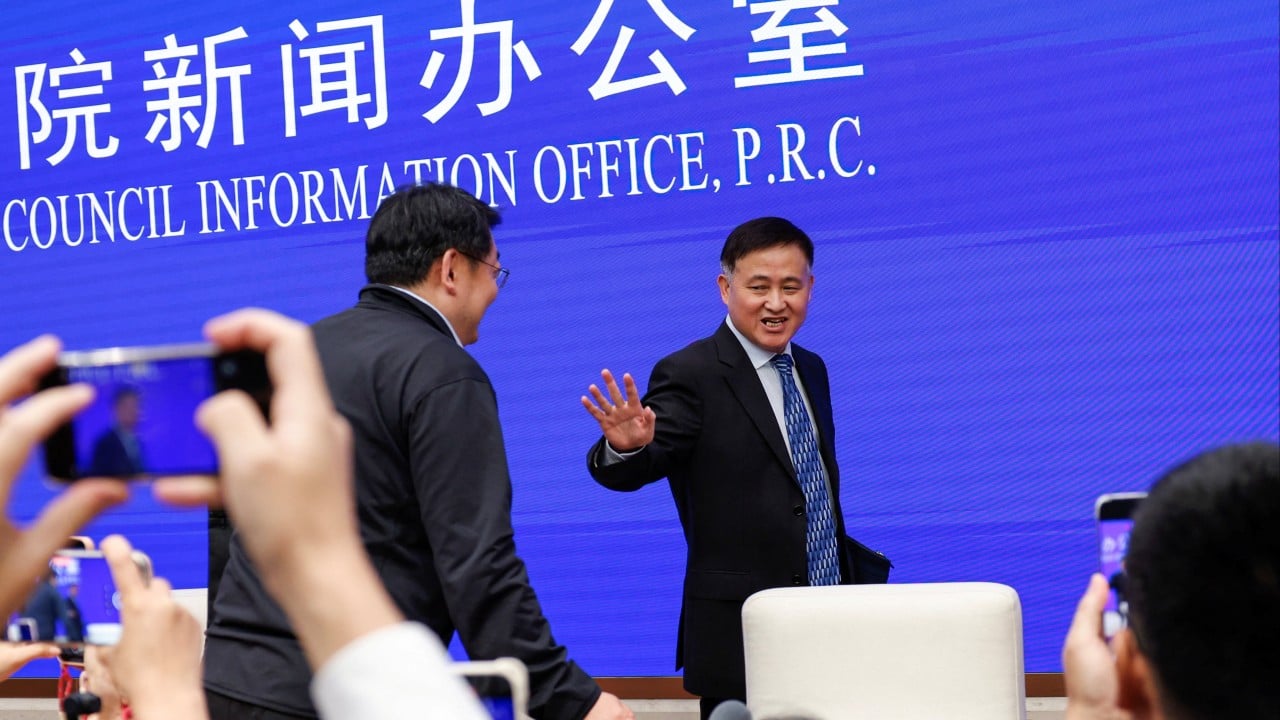Published: 12:00am, 25 Sep 2024Updated: 12:21am, 25 Sep 2024
People’s Bank of China governor Pan Gongsheng, minister of the National Administration of Financial Regulation Li Yunze and China Securities Regulatory Commission chairman Wu Qing held a joint press conference in Beijing on Tuesday.
The slew of measures announced were “bold by historical standards”, analysts said, as they represented the first time the central bank had offered a combination of rate cuts, reserve requirement ratio (RRR) cuts and structural monetary policies at the same time.
Advertisement
Specifically, analysts hailed the measures announced by the PBOC as the “most significant stimulus package since the early days of the pandemic”, but said greater fiscal support would still be needed to drive a turnaround in growth, with the world’s second-largest economy struggling to show an obvious rebound.
1. Short-term policy rate cut the ‘most important move’
The move to lower the benchmark seven-day reverse repo rate – regarded as the most important benchmark rate following a change to the PBOC’s policy – from 1.7 per cent to 1.5 per cent, was hailed by Lynn Song, chief economist for Greater China at ING, as the “most important move”.
“Given previous patterns, markets had been leaning toward expecting multiple 10-basis-point rate cuts, so a 20-basis-point cut represents a slightly stronger than expected move,” he said.
Advertisement
“However, the net impact will depend on whether we see further cuts ahead, or whether the PBOC falls into a wait-and-see mindset after today’s policy package.”
The seven-day reverse repo is a type of short-term loan that the central bank uses to increase liquidity and influence other rates in the banking system.

